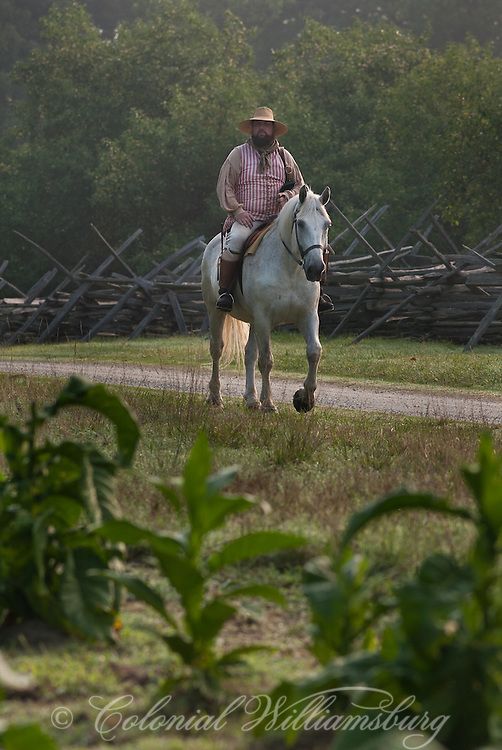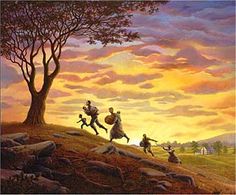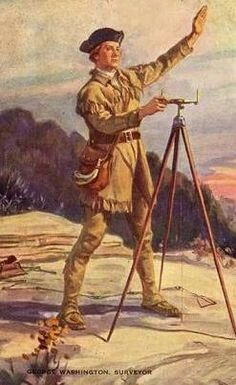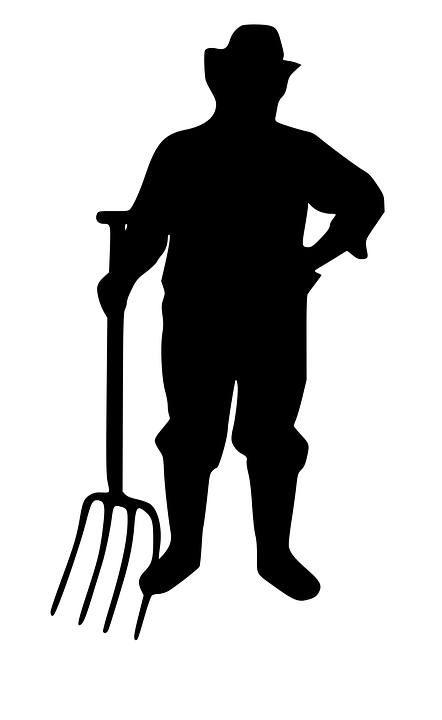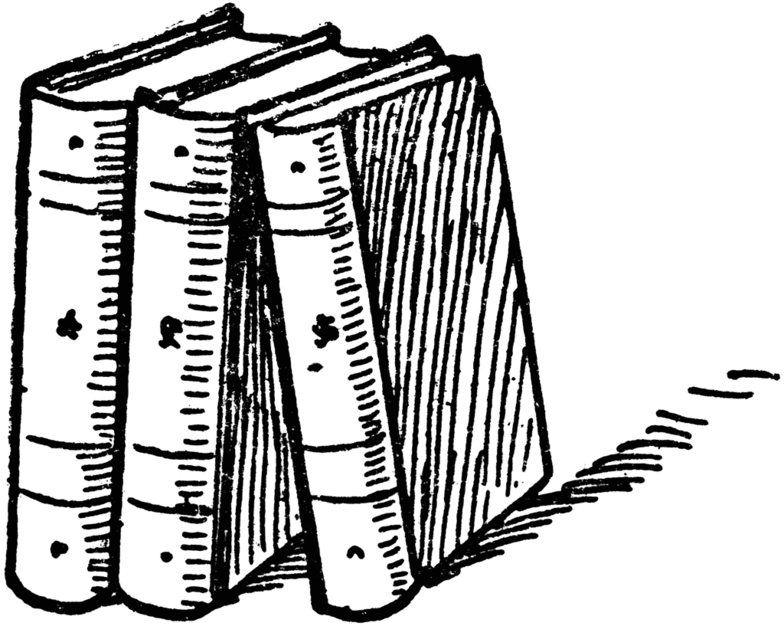SoulsinMyFamily.org
Early Years at Shadwell
As early as 1734, Peter Jefferson settled in the Virginia Piedmont. He was one of the first settlers to live on the edge of the frontier in the colony of Virginia. His first tract of land, one thousand acres, included the property which would later become his eldest son's home... Monticello.
Peter Jefferson called his farm Shadwell, after his wife Jane's birthplace in England. Soon he was working as a land surveyor and establishing his plantation with the labor of several slaves.
Thomas Jefferson was born at Shadwell in 1743. At that time his father already owned several slaves. Because slaves were considered property, Thomas Jefferson inherited around twenty slaves upon the death of his father when he was fourteen years old. He later received several more from his mother in repayment of a debt she owed him. The deed read:
"...give and convey unto the said Thomas and his heirs the following negro slaves to wit, Caesar, Val, Simon,Lucinda, Charlotte, Squire, Belinda and her children not before named, Sall the younger and her children not before named, Minerva, Sarah,Cyrus."(1)
That same day he entered in his Memorandum Book:
"Took an appointmt. Of 11 slaves from my mother, revocable by her last will & paimt. Of all monies she shall owe me."(2)
Wayles Slaves and Wayles Debt
By the time Mr. Jefferson was twenty-one years old, he was responsible for the food, clothing, shelter and medical care of many slaves at Shadwell. In 1772, he married Martha Wayles Skelton, a young widow. When her father, John Wayles, died two years later, Jefferson inherited many of Mr. Wayles's slaves. (In the 18th century, any property a woman inherited belonged to her husband.) Along with the slaves, Jefferson inherited land owned by his father-in-law as well as a large debt that had to be repaid. Much of the land and some of the slaves were sold to pay some of the debt, but Mr. Jefferson faced money problems for many years due to the Wayles debt. He and his brother-in-law, Francis Eppes, dealt with the Wayles financial matters for decades.
As the years passed, Thomas Jefferson was sometimes forced to sell slaves to pay debts. According to letters he usually tried to sell slaves in family groups and to kind masters, but the people were still often separated from the community where they had grown up. Jefferson would also sell slaves "at their own request", usually to unite them with a husband or wife owned by someone else.
Mr. Jefferson had hoped to find a way to free his slaves. He felt that the system of slavery was wrong but also felt a great responsibility for taking care of the "souls in my family" as he referred to the people at Monticello. He once wrote:
"To give liberty to, or rather, to abandon persons whose habits have been formed in slavery is like abandoning children." (3)
Freedom for a Few...
Mr. Jefferson freed a few slaves over the years such as James Hemings, his cook, who was trained as a chef in the French manner. He freed five slaves in his will, all men with trades who could support themselves. A few others were simply allowed to walk away and try to live on their own. His granddaughter wrote about this policy:
"It was his principle (I know that of my own knowledge) to allow such of his slaves as were sufficiently white to pass for white men to withdraw quietly from the plantation; it was called running away, but they were never reclaimed." (4)
The Runaways and the Troublemakers
Some slaves took matters into their own hands and ran away from the
plantation. Most of the time they were caught, returned and sometimes faced punishment. There were exceptions, however. Joe Fossett, a skilled blacksmith, ran away to Washington to see his wife, Edy. He was returned to Monticello, but there is no record of any punishment. Joe later became the head of the blacksmith shop on Mulberry Row. This was a position of great skill and responsibility. Joe was freed in Mr. Jefferson's will.
A few slaves caused major problems such as using violence against an overseer or another slave. Overseers were paid by Mr. Jefferson and supervised the slaves work, both in the fields and in the trade shops. In some cases, Mr. Jefferson resorted to selling troublemakers away from the farm. This was a drastic solution and he seldom resorted to this treatment.
To Read and Write...
Although he had no formal education system for teaching his slaves, we know that some of them learned to read and write. Mr. Jefferson corresponded with Hannah, his housekeeper at Poplar Forest and John Hemings, the house joiner working on Mulberry Row. Some of those letters survive. His grandchildren were probably involved in this casual teaching of slaves.
The Moral Dilemma
Slavery was a moral problem Thomas Jefferson struggled with through much of his life. While he had hoped to free his slaves, his money problems continued. His debts were so large at the end of his life, he could free only a few slaves in his will. These five people were all trained workmen who could support themselves. They included: Burwell Colbert, his butler and house painter, John Hemings, head woodworker in the Monticello joinery, John's assistants Eston and Madison Hemings, and Joe Fossett, a skilled blacksmith.
It is a great irony of Virginia history that men like Mr. Jefferson, James Madison and George Washington were all born into slave owning families and were slave owners all of their lives. Yet these men and others were deeply involved in the struggle for American Independence. They were certainly aware of this irony - yet none were able to free many slaves during their lifetimes. That struggle would be left for another generation of Americans.
Queries...
If Thomas Jefferson freed his slaves where would they live?
How would they support themselves?
How would Jefferson run his plantation if he freed his workers?
Sources
(1) Deed from Jane Randolph Jefferson for the Conveyance of Slaves,September 29, 1773, Founders Online.
(2) Memorandum Book, September 29, 1773.
(3) Jefferson to Edward Bancroft, January 26,1789, Founders Online.
(4) Ellen Randolph Coolidge to Joseph Coolidge, October 24, 1858, Encyclopedia Virginia.
To Become A Slave Owner
To Abandon Children
